
Photo: Haken Visual
Editor’s Note: You can learn more basic first aid tips and tricks from the folks at Surf Aid Kit, who built a specialized safety kit every traveling outdoors-lover can use. Check out Surf Aid Kit on Instagram too.
We all assume we’re capable and prepared to operate in a high-stress environment, but that’s far easier said than done when considering proper first aid of a surf-related injury. One such thing everybody should educate themselves on and be prepared for is a day or time when a tourniquet may be needed — a common first aid tool that applies pressure to a limb or extremity in order to limit – but not stop – the flow of blood.
As surfers, our minds go to the obvious when thinking of the moment we may need to use or apply a tourniquet: a shark attack. What we don’t always think about are all the other risks we take when getting to and from the surf that can expose us to injuries that are just as serious. We off-road and 4WD on our search for waves off the beaten path. Or how about any moment we’re driving or riding scooters in Indo?
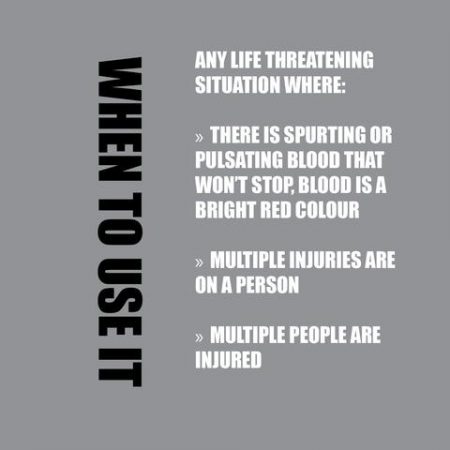
Step one of proper tourniquet use can be so easily forgotten.
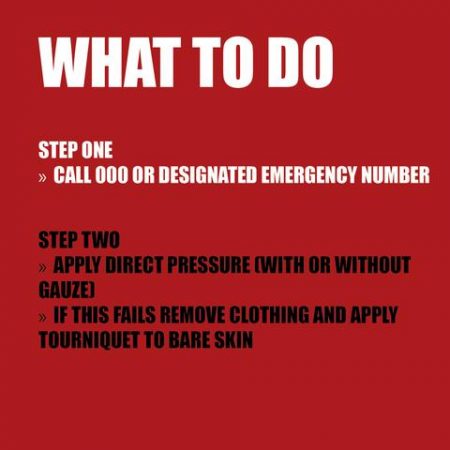
The whole idea is to minimize blood loss, which requires managing flow from the heart (the pump) to the wound (the opening).
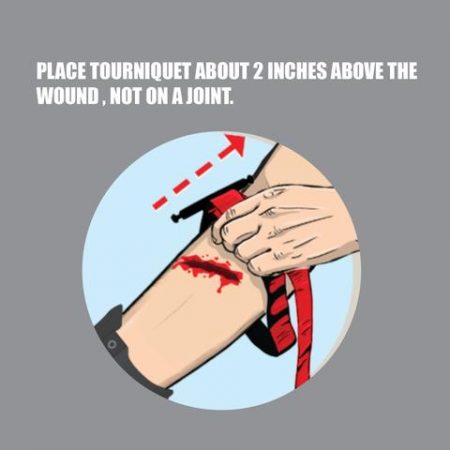
By pulling the tail of the tourniquet tight, you are only getting the tourniquet secured in its place. This means you aren’t able to stop the flow of blood just yet.
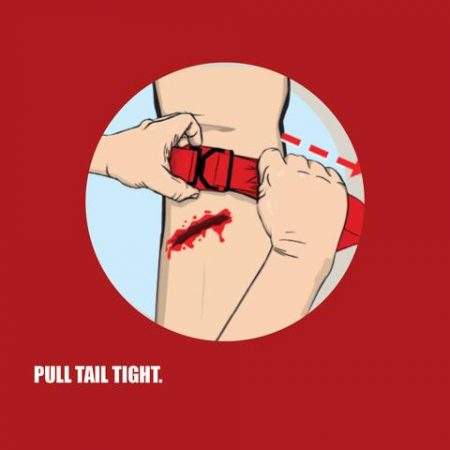
Twisting the handle of a proper tourniquet, however, increases the pressure it applies. Think of it like a water tap, where the more you tighten, the more you restrict flow.
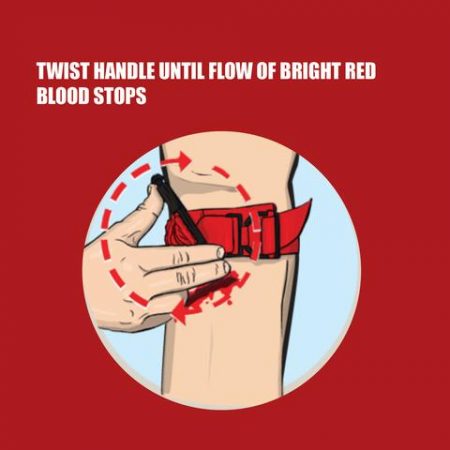
If you don’t lock in the handle, the pressure can be released. This means the wound will start to bleed again.
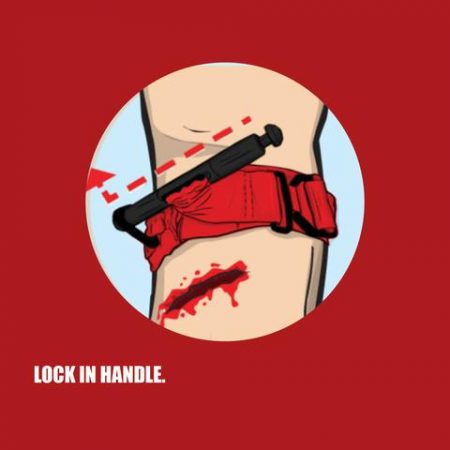
The next step is critical. Making a note of the time of injury and application of the tourniquet lets emergency responders know how long blood flow has been restricted so they can:
–Estimate blood loss.
–Return normal blood flow over the correct period. You can’t just turn that tap back on, it has to be a slow-release from the pump.
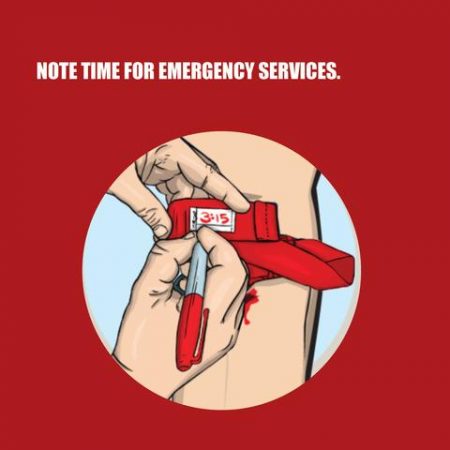
You never know if it’s you or the person in the lineup next to you who may end up with a potentially critical injury, so it’s always better to be safe than sorry if or when the time comes.
This piece was presented by Surf Aid Kit, which comes fully stocked with a tourniquet.

